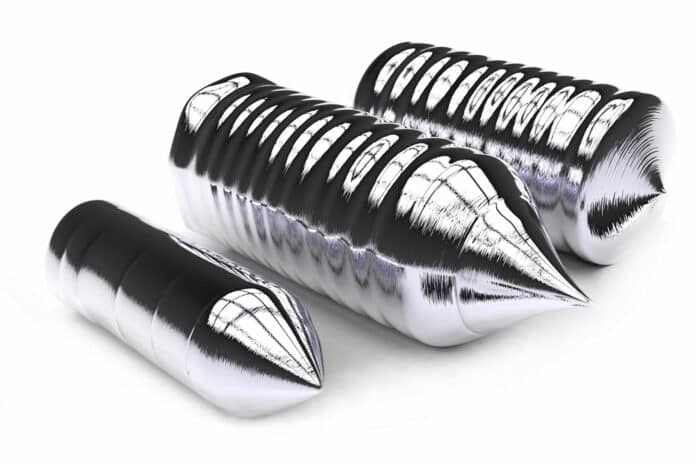The dental care industry is going through a transformative phase with the growing popularity of mineral-based toothpaste, especially the ones based on hydroxyapatite. While this type of toothpaste has been popular in Asia and Europe for the last four decades, it’s only now finding its first foothold in the U.S.
The story behind this unique approach to toothpaste, which is said to repair teeth by remineralizing them, began more than 50 years ago in an electronics lab at a short-lived NASA field center in Cambridge, Massachusetts.
During that time, Bernard Rubin was a senior scientist at NASA’s Electronics Research Center, where he was working on semiconductor technology. The center was located across the street from the Massachusetts Institute of Technology and operated from 1964 to 1970.
Rubin was working on growing structurally and chemically perfect crystals for use in semiconductors, which are essential components of computers and other electronic devices. He found that he could produce higher-quality crystals by growing them in a silica gel instead of using water or other media.
He soon realized that this gel diffusion system closely resembled the way hydroxyapatite crystals grow in bones and teeth, providing them with their hardness. Using this observation, he and a colleague patented a method for repairing a tooth by growing hydroxyapatite crystals on the tooth’s surface.
Hydroxyapatite is a form of calcium phosphate that contributes to the hardness of bones and teeth. It crystallizes in a gelatinous medium that was not well understood earlier.
NASA scientists realized that bone loss is one of the most serious physical effects that astronauts experience during a prolonged stay in zero gravity. This led them to file for a patent around the idea of using hydroxyapatite for tooth repair. The method they patented involves using gel to grow crystals of brushite and then capping them in place on the damaged surface of a tooth, where they would convert to hydroxyapatite and repair the tooth.
Few years later, a Japanese businessman named Shuji Sakuma founded Sangi Co. Ltd. in Tokyo and obtained the patented research to turn it into a product with the assistance of dental professionals. The lessons learned from Rubin’s patented methodology were used to create the company’s Apadent and Apagard toothpaste lines in the early to mid-1980s.
Today, hydroxyapatite is recognized by many governments around the world as an anticavity agent, and research has shown that it can also improve whiteness and reduce sensitivity.
